Botticelli’s paintings in Florence and where to find them
Sandro Botticelli is probably the most famous Florentine Renaissance painter, his works have become iconic and are known and loved everywhere. In his career Botticelli created many works, which are now exhibited in art museums around the world. But the place with the largest number of paintings by this artist is Florence, Italy, the city where he was born, lived and died. In this post you will find all Botticelli’s paintings in Florence, in which museum or church you can find them, and some information on the works.
My name is Claudia, I’m a local licensed tour guide in Florence with more than 10 years of experience. Learn more about me and my guided tours in Florence.
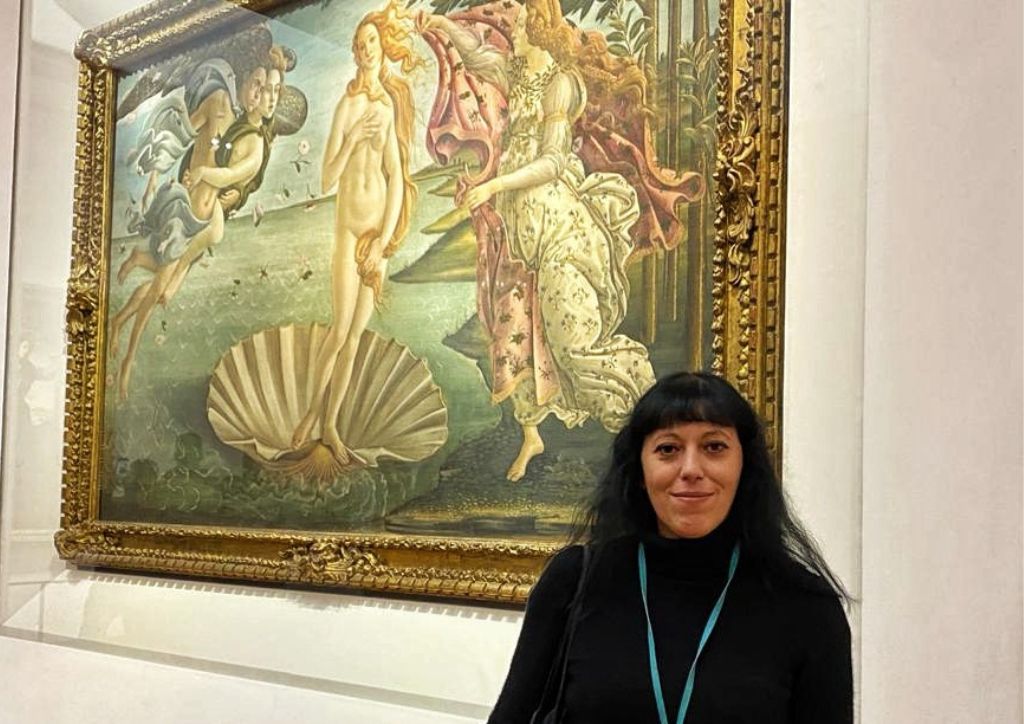
Who was Botticelli: a short biography
Sandro was born in 1445 into a family of modest means, the youngest of four brothers. His real surname was not Botticelli, which was only a nickname, but Filipepi, and his father was a tanner. At nineteen he became an apprentice to the master Filippo Lippi, for three years, until 1467, when Filippo Lippi left for Spoleto. At that point Botticelli probably continued his apprenticeship at the workshops of Verrocchio and Pollaiolo. In 1470 he opened his own workshop and became a professional artist in all respects. His first apprentice was Filippino Lippi (son of his master Filippo Lippi), who later became a great name in painting between the 15th and 16th centuries.
In the 1470s he began to attend cultural circles linked to the Renaissance and Neoplatonic philosophy, becoming very close to the Medici family, for whom he worked a lot. He became the favorite artist of Lorenzo the Magnificent, painting many portraits of his family members.
In 1480, Botticelli, along with other important Florentine artists, went to Rome to create a cycle of frescoes in the Sistine Chapel (preceding those of Michelangelo) on behalf of Pope Sixtus IV. Did you know that there are three frescoes in the Sistine Chapel painted by Botticelli? Two years later he returned to Florence, and it was during this period that he painted his two most famous masterpieces, The Birth of Venus and the Spring.
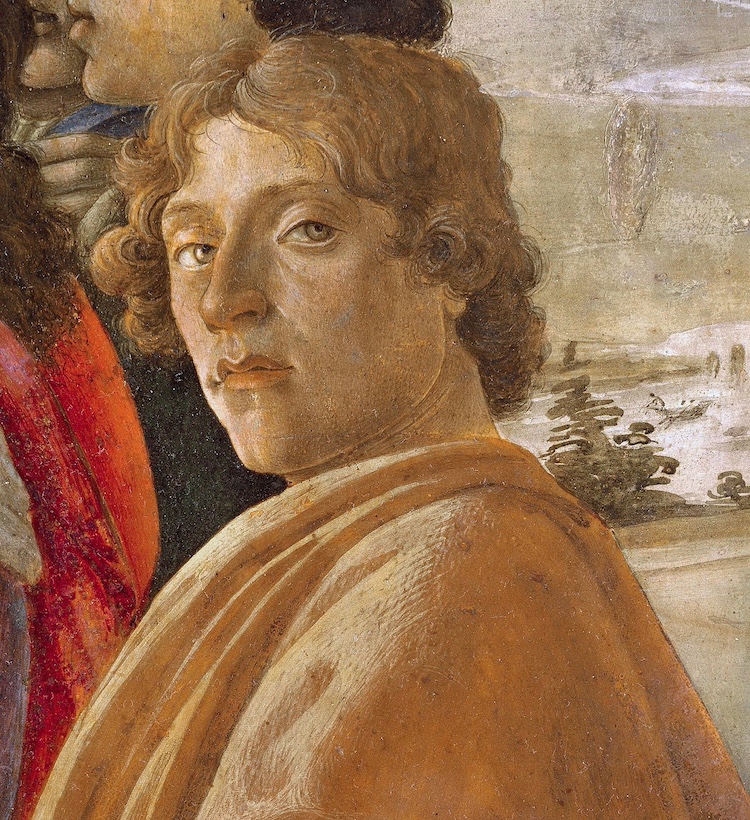
In the late 1480s Botticelli went through a period of deep crisis, under the influence of the Dominican friar Girolamo Savonarola, an enemy of Renaissance culture that he saw as sinful and pagan. His works of art became dark and full of anxiety, and closer to medieval art than to Renaissance art.At the beginning of the 1500s he was old and worked very little, also because art had changed so much in a few years, and he could not keep up with the stars of the new generation, Leonardo and Michelangelo. He died on May 17, 1510 and was buried in the church of Ognissanti in Florence. He never married, probably because he was gay (he was also accused twice of homosexuality).
First painting by Botticelli in the Innocenti Hospital museum
The Museum of the Ospedale degli Innocenti (museum of the Hospital of the Innocents in Florence) houses the very first known painting made by Sandro Botticelli in 1465. At the time Botticelli was still a young apprentice of his master Filippo Lippi. In fact this painting is the simplified version of the very famous Lippina by Filippo Lippi, that you can see displayed in the Uffizi Gallery. He probably wanted to pay homage to his master.
The Museum of the Innocenti hospital of Florence is one of my favorite ones, telling a wonderful story of welcoming children in difficulty spanning 6 centuries. In addition to this painting, it exhibits many other important works of Renaissance art.
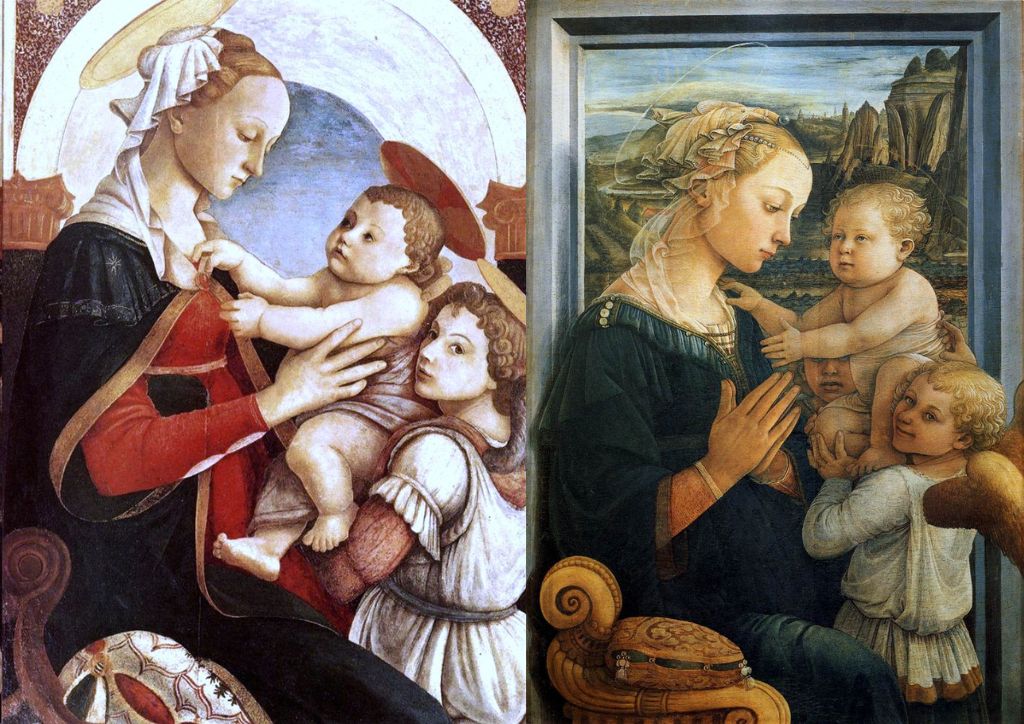
Botticelli’s paintings in the Uffizi Gallery, Florence
If you don’t have much time to visit so many museums, but you want to see as many Botticelli paintings as possible, then go to the Uffizi Gallery! The Uffizi gallery is the museum in Florence with the largest number of works by Sandro Botticelli. There are two large rooms dedicated to this artist, where his most important and famous paintings are found. And, of course, they are the busiest rooms in the museum.
If you are planning your visit to the Uffizi, I have wrote several posts about that museum. A good starting point is the one with all my tips for visiting the Uffizi Gallery. There are so many masterpieces by Botticelli at the Uffizi, that you might not have enough time for all of them. But the two the ones that I think you shouldn’t really miss are:
- The Birth of Venus
- The Spring (Primavera)
These are the most famous Botticelli paintings in the world, and also the most iconic ones (especially Venus). I guess you won’t want to miss them!

The Spring
Botticelli painted The Spring (Primavera) around 1842 to celebrate the wedding of Lorenzo di Pierfrancesco de’ Medici, the younger cousin of Lorenzo the Magnificent. The painting is a tribute to love, that comes in many different kinds. It’s also a tribute to the natural world, showing hundreds of local species of flowers and plants. This is a highly symbolic painting, with a lot of hidden meanings that only a cultured man of the Renaissance could fully understand. Someone with a background in mythology, Neoplatonical philosophy and symbolism. Someone like Lorenzo de’ Medici.
The birth of Venus
The Birth of Venus was painted for the Medici between 1485 and 1486, but we are unsure about the specific member of the family. It’s a highly symbolic painting, full of references to roman mythology and Neoplatonic philosophy. The face of Venus is said to be that of Simonetta Vespucci, the most beautiful and admired woman in Renaissance Florence, who modeled for Botticelli. To learn more read my blogpost with some interesting facts about the Birth of Venus. But in the Botticelli rooms of the Uffizi there are many other unmissable masterpieces.
Pallas and the Centaur. One of Botticelli’s most symbolic and mysterious allegorical paintings with a mythological theme.
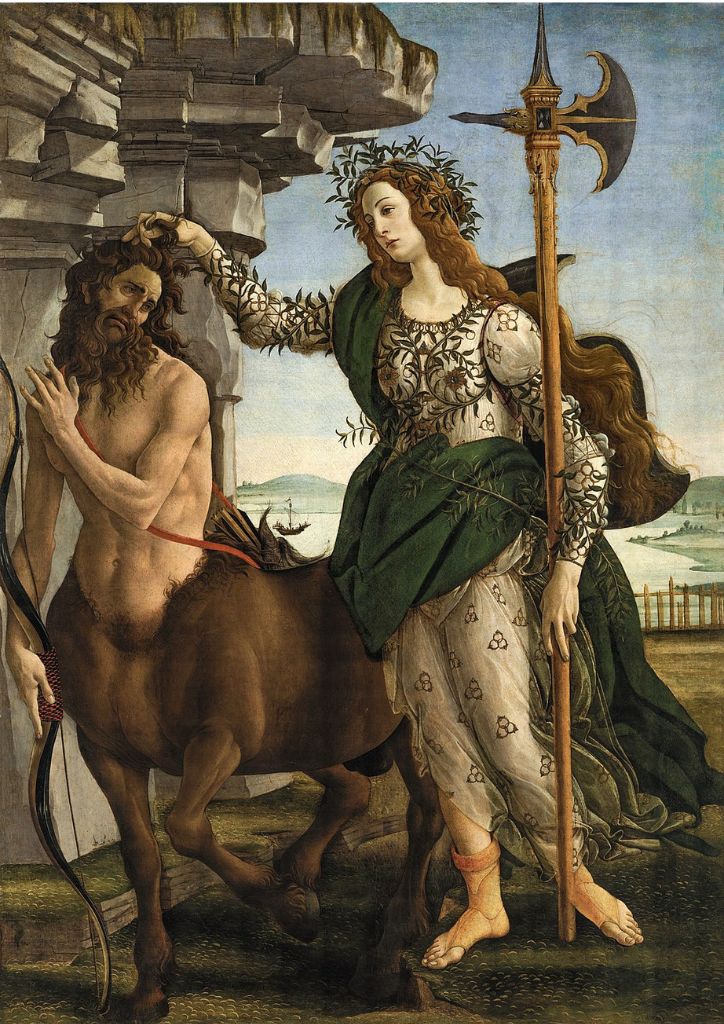
Annunciation of San Martino alla Scala. This detached fresco is one of my favorite Botticelli’s paintings in Florence, with his beautiful, shy and dainty Virgin Mary, and the powerful Angel Gabriel descending from the sky.
- Madonna of the Pomegranate
- Madonna of the Magnificat
Those are two of Botticelli’s finest round paintings, with his elegant and delicate Madonnas for which he is so highly appreciated. Round paintings are typical of Florentine art, and were usually given to young couples as a wish for fertility.
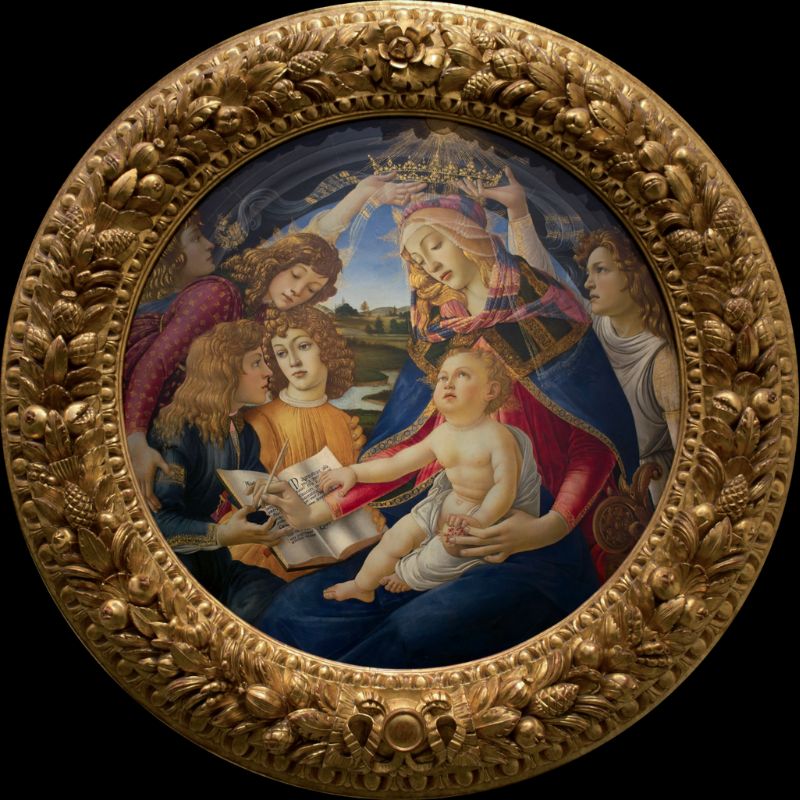
Adoration of the Magi. The reason why this artwork is so famous is that some members of the Medici family from the second half of the fifteenth century are portrayed into it. Cosimo the Elder and his sons Piero and Giovanni are portrayed as the three Magi. There are also Lorenzo de’ Medici (the Magnificent) and his younger brother Giuliano. Perhaps there is even a self-portrait of Botticelli himself.
Portrait of a Man with a Medal of Cosimo the Elder. The person portrayed is unknown, but the object he holds in his hand certainly reveals a link with the Medici family. I like this painting a lot, the young man’s gaze is mesmerizing!
Fortitude. You won’t find this painting displayed in the Botticelli rooms with the other ones, but in the previous room dedicated to Antonio Pollaiolo. It’s part of a series of 7 panels representing the 7 virtues: 6 were painted by Pollaiolo, and only the Fortitude was painted by a young and ambitious Botticelli.
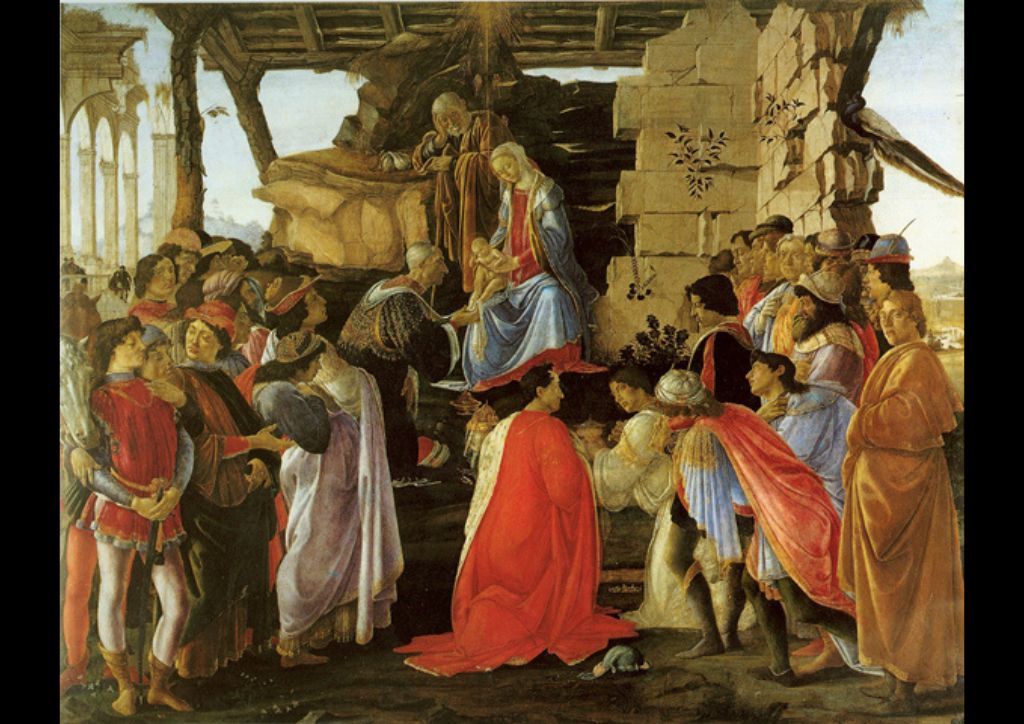
Botticelli’s paintings at the Accademia Gallery in Florence
The Accademia Gallery is predominantly known for hosting the most famous statue in the world, Michelangelo’s David (and 5 other sculptures by the same artist). But this museum also houses 3 paintings by Botticelli:
Virgin Mary with Jesus, baby St. John the Baptist and two angels. An early career artwork of Botticelli, made between 1468 and 1470.
Madonna of the Sea. Takes the name from the marine landscape in the background. The attribution of this painting is uncertain: it could have been done by Botticelli or by a young Filippino Lippi, who was an apprentice of Botticelli at the time. Filippino was the son of Filippo Lippi, Botticelli’s master.
Pala del Trebbio. A large painting representing the Virgin Mary and Jesus, surrounded by many saints, clearly made for the Medicis. One of them is Saint John the Baptist, patron saint of Florence. And the two ones with red clothings and hats are Saint Cosma and Saint Damiano, patron saints of the Medici family.
You can find the three artworks exhibited in the Hall of the Colossus, the first room of the Accademia Gallery Museum, the one with deep blue walls. For more information about that museum, you can read the blogpost with all my best tips for visiting the Accademia Gallery in Florence.
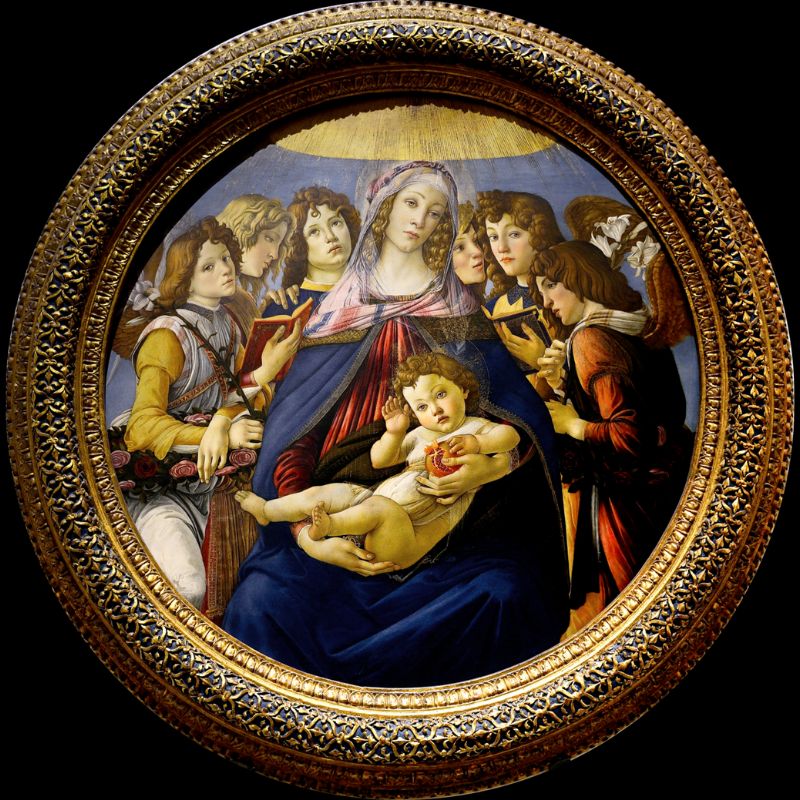
Paintings by Botticelli at Palazzo PItti (Palatine Gallery)
Pitti Palace is a large complex made up of several museums, such as the Palatine Gallery (Galleria Palatina) and the Boboli Gardens. The Palatine Gallery 3 houses paintings by Sandro Botticelli:
Madonna with child and baby St. John the Baptist. The figure of St. John the Baptist as a child is typical of Florentine art. St. John and Jesus were second grade cousins, and in Florence they are often depicted together, as two children playing together.
Portrait of a young man – another beautiful portrait of a young Florentine from the second half of the 15th century.
Portrait of a young woman – this girl portrayed in profile is both elegant and melancholic. Some think it’s a portrait of Simonetta Vespucci (but most likely it’s another woman).
The three paintings can be found in the Hall of Prometheus (Sala di Prometeo) of the Palatine Gallery, at Pitti Palace.
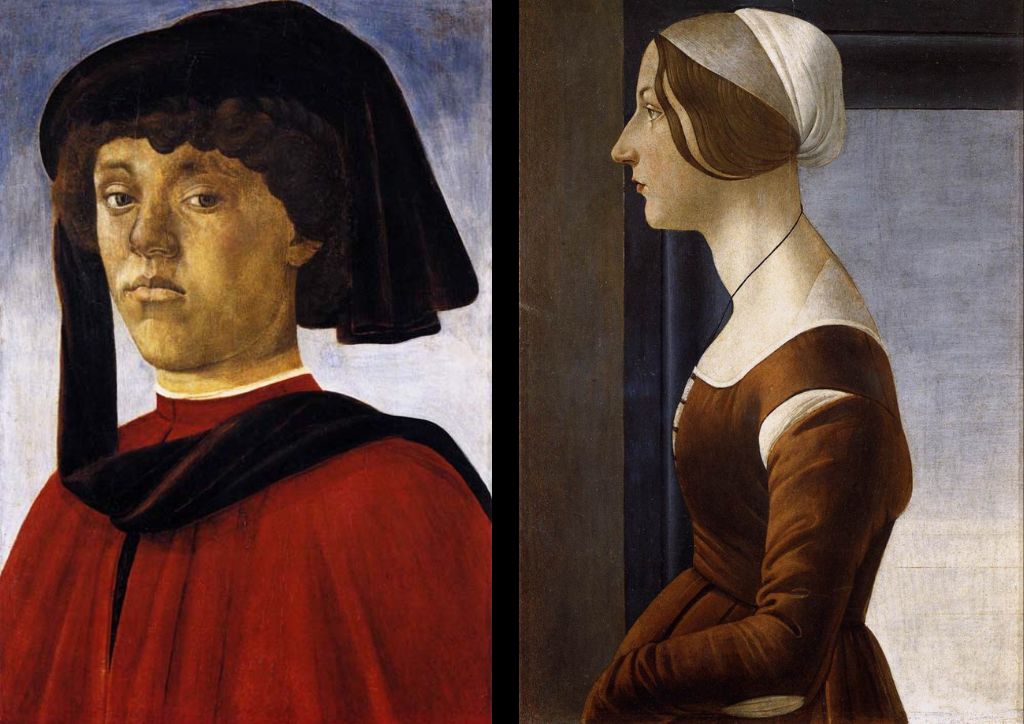
Botticelli artwork in the Church of Ognissanti
In the church of Ognissanti there is only one painting by Sandro Botticelli, but it is one of my favorites and I recommend you not to miss it. It is the mural painting of Saint Augustine in his Studio (1480). Saint Augustine was an intellectual and a philosopher, he is depicted in his study, full of scientific instruments and symbols of knowledge. This painting is the twin of Saint Jerome in his studio, made in the same year by Domenico Ghirlandaio, and kept in the same church. Saint Jerome was also a scholar and a savant, and his study is full of books.
Ognissanti is also the church where Sandro Botticelli is buried! You can find his family grave marked by a circular marble slab on the floor of the San Pietro d’Alcantara chapel, in the right transept of the church.
The church of Ognissanti is located in piazza Ognissanti, along the Arno river and a few steps from piazza Santa Maria Novella. Admission is free.
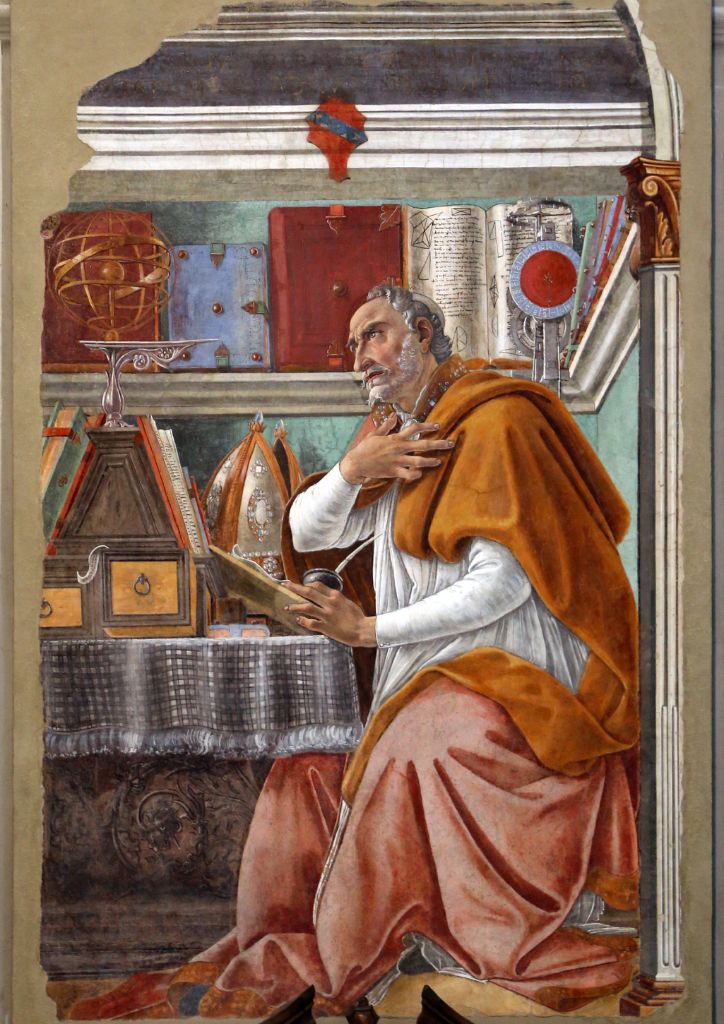
Botticelli’s paintings in the church of Santa Maria Novella, Florence
The church of Santa Maria Novella is crammed with works of art by the most important Florentine artists: Ghirlandaio, Masaccio, Brunelleschi, Giotto, Filippino Lippi, Paolo Uccello and many others. Among the many artists who worked there is also Botticelli, who painted a lunette with the Adoration of the Child. It’s a small detached fresco which is today on the inner wall of the church facade. It hangs high above the door.
Read more about the church and my guided tour of Santa Maria Novella.
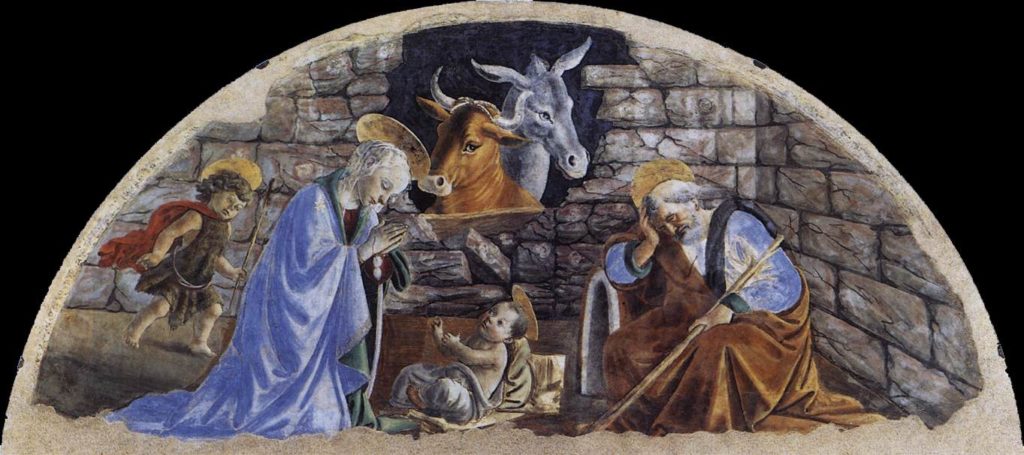
Other places in Florence related to Botticelli
Botticelli was a very active artist, with a long career, and produced dozens and dozens of paintings. Today are exhibited not only in Florence, but also in museums all over the world, including the Louvre in Paris, the National Gallery in London, the Met in New York City and several museums in Berlin.
If you want, you can make your own little tour in Florence, not just seeing Botticelli’s paintings, but also the places where he lived.
- Via del Porcellana. This is the modern name of Via Nuova, and that’s the street where the painter was born. Unfortunately there’s no plaque or anything to recognize the exact building among the others.
- Church of Ognissanti. Very close to his home, this has always been the church where Botticelli and his family were closest and where he would attend the Mass. And in fact is here is where he’s buried, in the San Pietro d’Aragona chapel. Simonetta Vespucci, who was his muse for some iconic paintings, including Venus, is also buried in the same chapel.
- His art workshop was in the Santo Spirito neighborhood, in a popular area and near the market. However, we do not know exactly which street in that neighborhood it was on.
I hope this post has been useful for planning your visits to Florentine museums and finding all the Botticelli paintings in Florence. Write me a comment to let me know which one is your favorite!
I may have a Botticelli painting.
good for you!